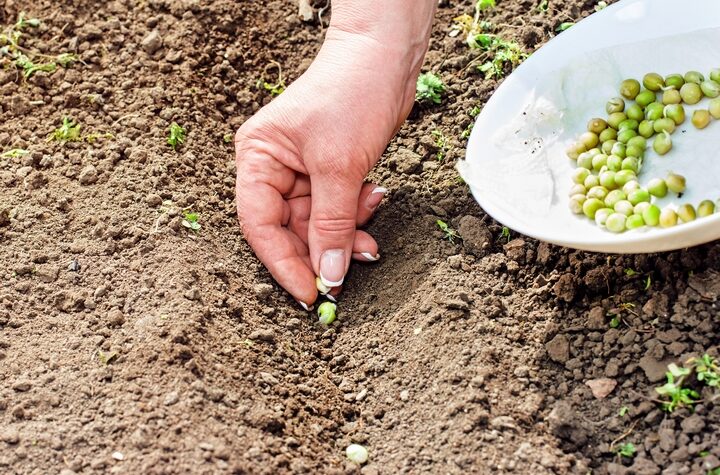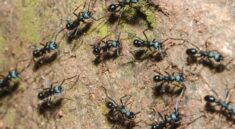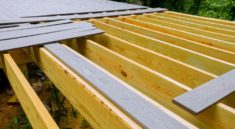Caring for weed seedlings is a crucial step for growers who want to produce strong, healthy plants. This early stage needs close attention and proper care to lay the groundwork for a successful harvest. Whether you are growing indoors or outdoors, knowing what your seedlings require will help you succeed.
Here are key steps to nurture weed seedlings and help them grow into healthy plants.
Start with High-Quality Weed Seeds
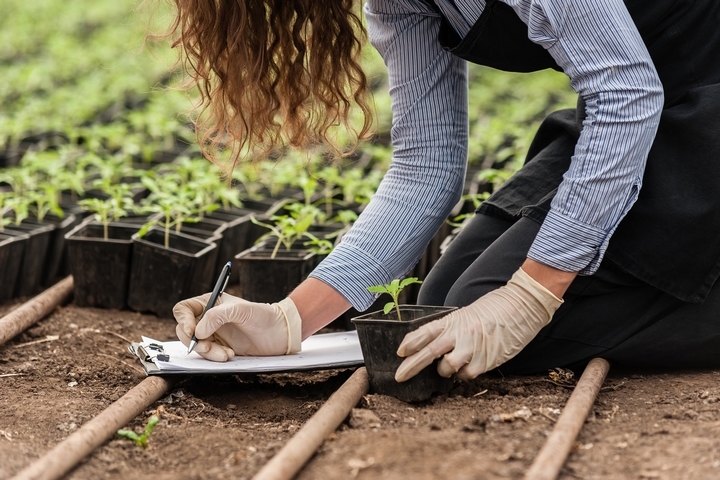
Healthy seedlings begin with high-quality weed seeds. These seeds are the base of your plants and greatly affect their growth and yield.
Buy seeds from trusted suppliers who offer a range of strains to meet your needs. Good seeds are usually dark brown with a hard shell, showing they are mature and ready to sprout. These seeds are more likely to grow strong seedlings that can handle common issues like pests or environmental changes.
When choosing seeds, think about the strain’s growth pattern, disease resistance, and yield potential. Using the best seeds sets the stage for a successful growing experience.
Create the Right Environment
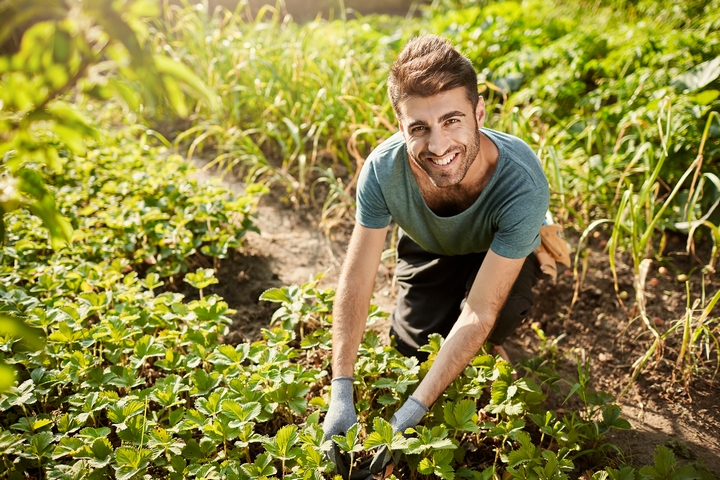
Seedlings are sensitive and grow best in a controlled environment that resembles their natural conditions. Temperature, humidity, and light are very important for their development.
Aim for a steady temperature between 20–25°C (68–77°F). Keep humidity high, around 60–70%, to stop the seedlings from drying out. You can use a humidity dome or plastic cover over your seedling tray to help achieve this.
Light is also essential. Seedlings need 16–18 hours of light each day. Use grow lights made for seedlings; they provide the right spectrum and intensity without causing harm. Keep the lights at a safe distance to prevent overheating.
Controlling these factors helps your seedlings grow properly and develop strong roots.
Water Wisely

Watering is critical for seedling care, but many growers make mistakes here. Overwatering or underwatering can hurt your seedlings and slow their growth.
Seedlings need light watering to keep the soil moist but not soaked. Use a spray bottle or a watering can with a fine spout for gentle hydration. Check the soil often; if the top feels dry, it’s time to water.
Also, use clean, pH-balanced water. Aim for a pH range of 6.0–7.0 to help seedlings absorb nutrients well. Proper watering practices help roots develop and support healthy growth.
Choose the Right Soil and Containers
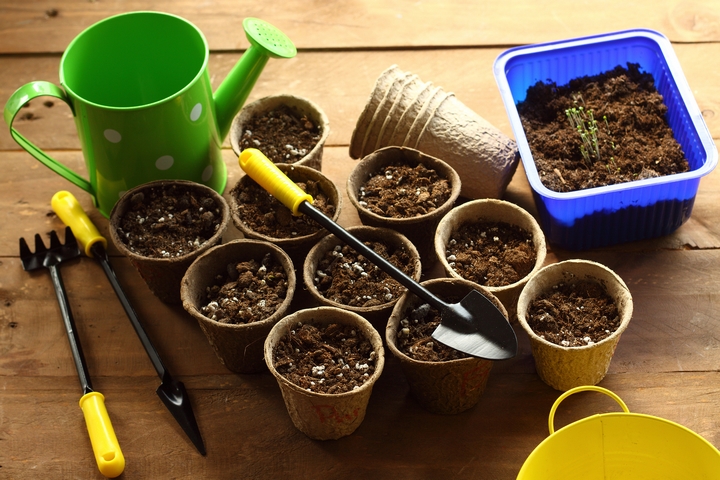
The type of soil and containers you select can greatly affect your seedlings’ health. Choose a light, well-aerated soil mix that allows roots to breathe and drains excess water well.
Many growers prefer seedling starter mixes with no added nutrients. These mixes allow you to control how you feed your plants without risking nutrient burn. Use small pots or seedling trays with drainage holes to avoid waterlogging.
As your seedlings grow, you’ll need to move them to larger containers. Pick pots that give the roots enough space to grow, and handle the seedlings gently during this process to avoid harming their delicate roots.
Feeding and Nutrients
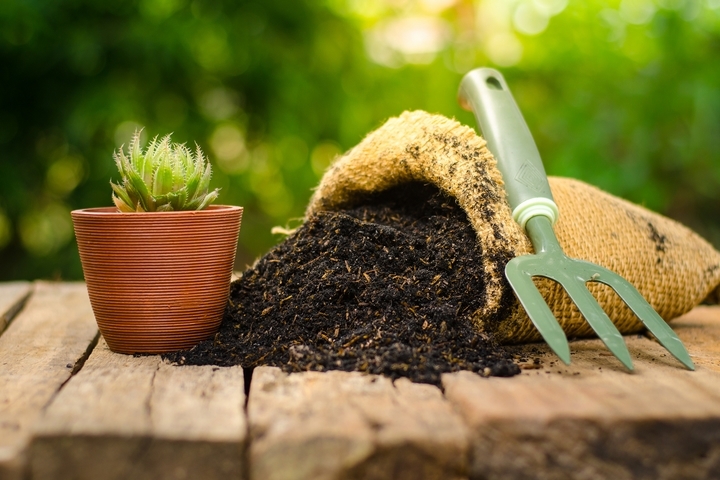
Seedlings need very few nutrients in their early stages. In fact, giving them too much food can be harmful. Most of what they need is already in the seed.
Once your seedlings grow their first set of true leaves, you can start adding a light nutrient solution. Use a fertilizer made for young plants, and mix it at half or a quarter strength to avoid overwhelming them. Focus on nutrients that help roots grow and leaves stay healthy, like nitrogen and phosphorus.
Keep a close watch on your seedlings so you can adjust their feeding as needed.
Monitor Growth and Address Issues
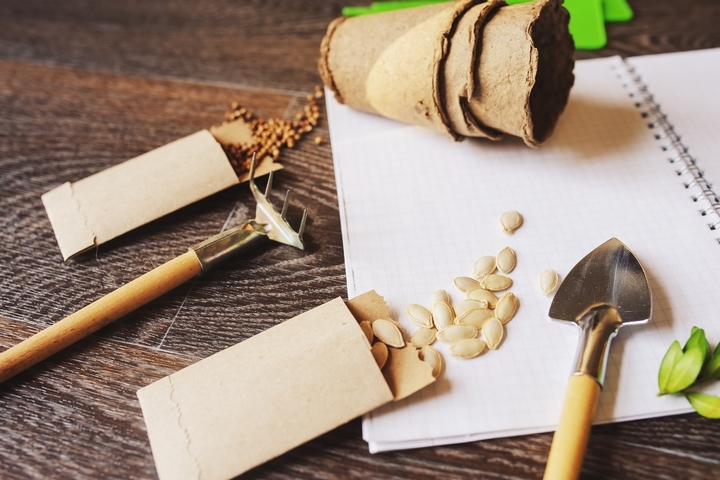
Watching your seedlings closely helps you spot problems early. Check them regularly for signs of trouble, such as yellow leaves, drooping, or slow growth.
If you see issues, consider light levels, watering, or nutrients. For example, yellow leaves might mean overwatering or not enough nutrients, while stretching could mean they need more light. Fixing these problems quickly can help your seedlings stay healthy.
Healthy seedlings will grow steadily, with bright green leaves and strong stems. Use this as a sign that they are thriving.
Transitioning to the Vegetative Stage
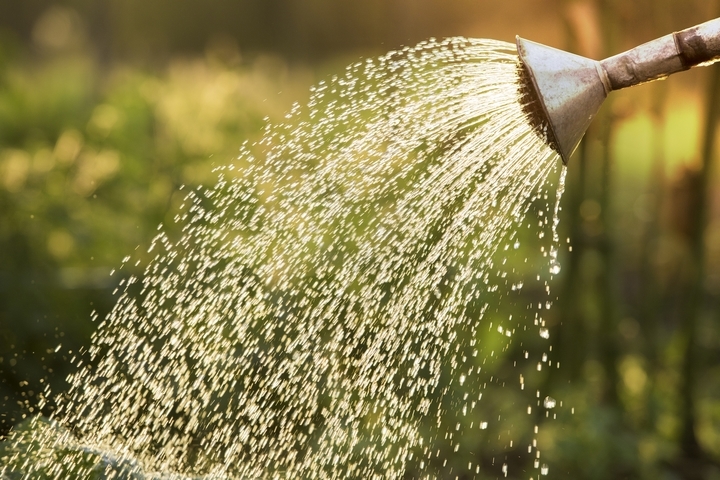
Once your seedlings have a strong root system and several sets of leaves, they are ready to move to the vegetative stage. This means putting them in bigger pots and changing their environment to encourage faster growth.
During this stage, lower the humidity to about 50–60% and increase light intensity. This prepares the plants for strong growth while reducing stress. Make sure there is enough space between plants for good airflow, which helps prevent mold and pests.

